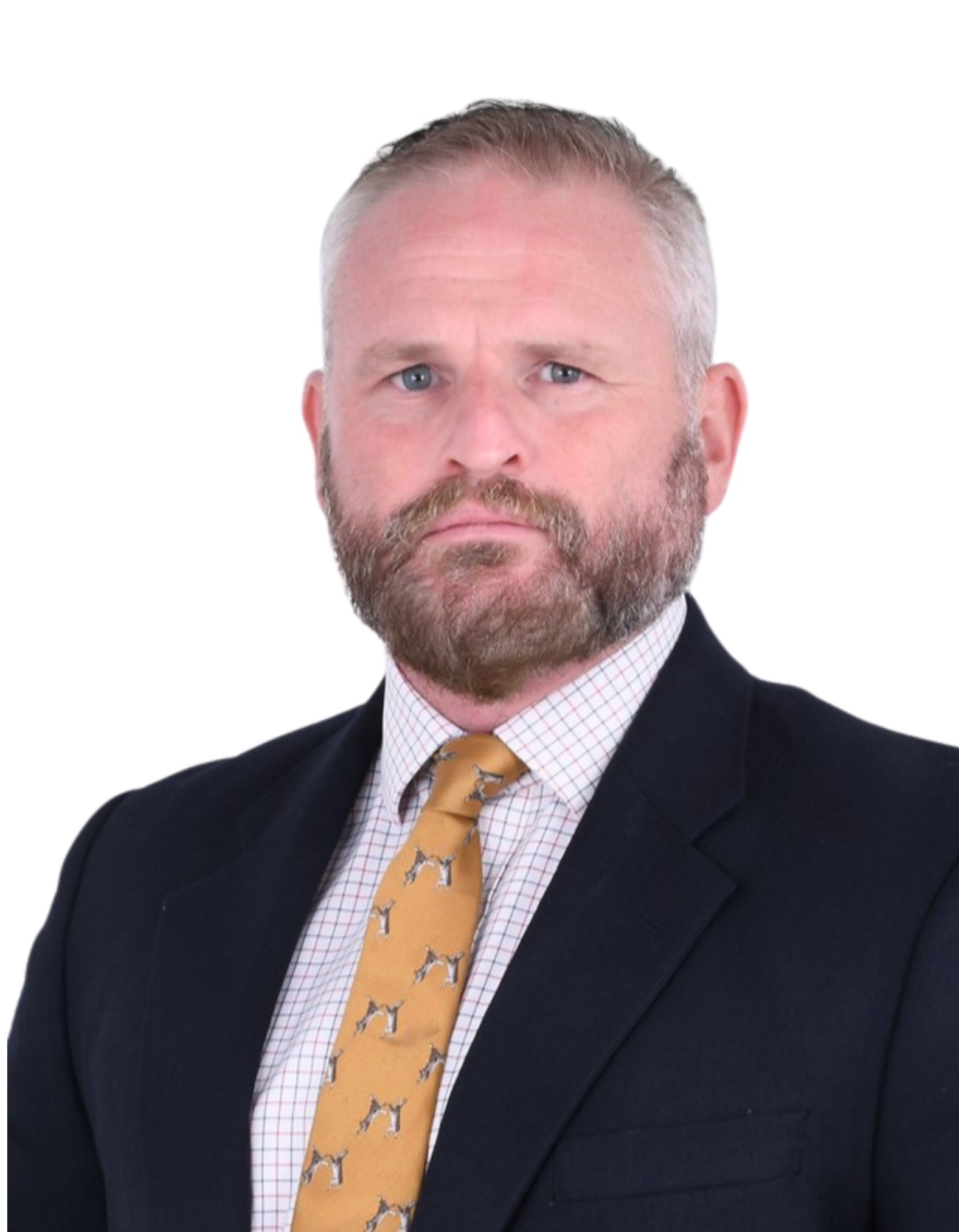Extended Reality (XR), encompassing VR, AR, and MR, will transform military operations, enhancing training, situational awareness, and decision-making for warfighters and commanders. XR enables realistic simulations, real-time modeling, and improved battlefield visualization to reduce the risk of fratricide and civilian casualties. Militaries that integrate XR earlier will gain significant advantages in command and control and battle management.











